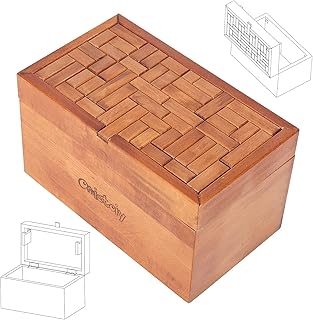The Launch of a Lifetime
When Japan launched LignoSat into orbit, it was more than just the first wooden satellite. This event marks a turning point in the way we think about materials used in space. With growing concerns about sustainability, exploring alternative materials could redefine how we build in the cosmos.
What is LignoSat?
Collaboration and Launch
Developed through a partnership between Kyoto University and Sumitomo Forestry, LignoSat was sent to the International Space Station aboard a SpaceX rocket. This isn’t just a testbed; it’s an ambitious long-term vision.
Purpose and Goals
This satellite’s purpose is clear: test wood’s durability in the harsh conditions of space. Researchers aim to gather valuable data to inform plans for constructing structures on the Moon and Mars within the next 50 years. They’re looking to the stars while keeping their feet on the forest floor.
Why Wood?
Durability Like No Other
You might ask, can wood really hold up against the harsh realities of space? Surprisingly, nature has some tricks up its sleeve. Wood is known for its resistance to rot and minimal flammability, while also providing a buffer against radiation. It’s a wonder material that stands up better than you’d think.
Sustainable Sourcing
Now let’s chat eco-friendliness. Today’s missions are scrutinized for their environmental impact. Sourcing timber sustainably and creating biodegradable spaceships could ideally reduce the risk of space debris accumulation. Burning up upon re-entry, wooden satellites have a clear edge over their metal counterparts, potentially leaving no harmful particles behind.
Changing the Game for Space Construction
New Material, New Possibilities
The comparisons between wood and traditional materials like metal and plastic illustrate just how revolutionary LignoSat might be. Imagine habitats on the Moon and Mars built from materials that are lightweight and environmentally friendly.
Long-Term Viability
Creating comfortable living spaces for astronauts is not just a dream; it’s an evolving reality. Professor Koji Murata even likens this innovation to the early days of aviation, remarking that early 1900s airplanes were also made of wood. If those could fly, why can’t we live in wooden habitats in space?
Facing Challenges
Technical and Research Hurdles
Though it sounds promising, LignoSat won’t be a walk in the park. Ongoing research is essential to understand wood’s long-term performance in space. It’s going to require a team effort—researchers need to approach this with a solid game plan.
Perception Matters
Wood in aerospace? It’s the kind of claim that raises eyebrows. Overcoming skepticism will be key as we move forward. Future regulations may need to shift if we want to see wooden structures in the aerospace arena.
Final Thoughts
LignoSat isn’t just a satellite; it’s a symbol of how we might redefine our approach to building in space. As Takao Doi pointed out, “With timber, a material we can produce by ourselves, we will be able to build houses, live and work in space forever.” Are we ready to embrace the natural material as we venture into the cosmos? More importantly, how can we ensure this path is both sustainable and forward-thinking?










